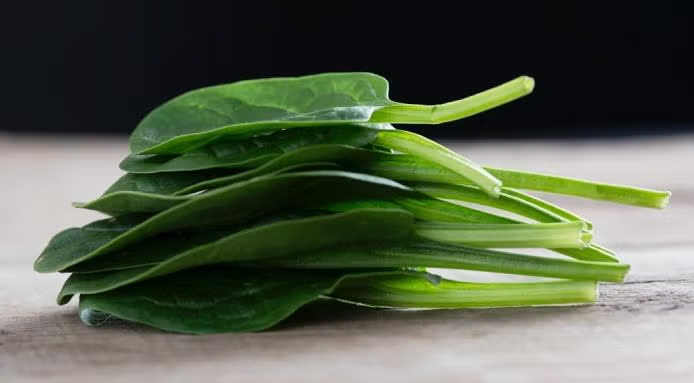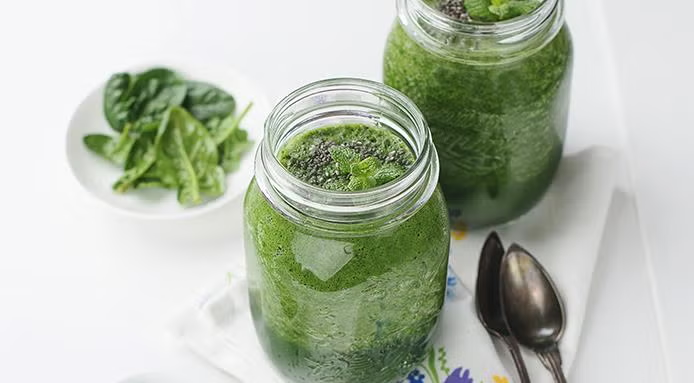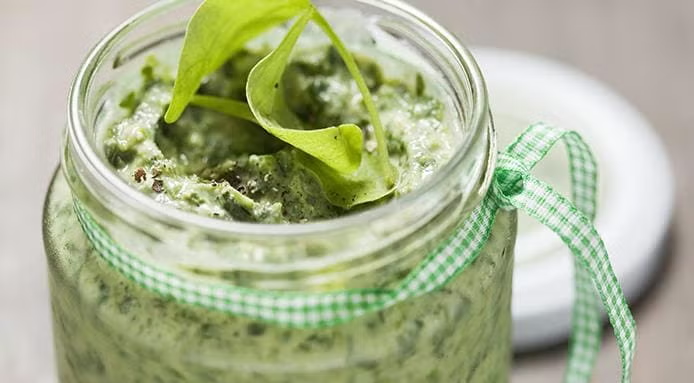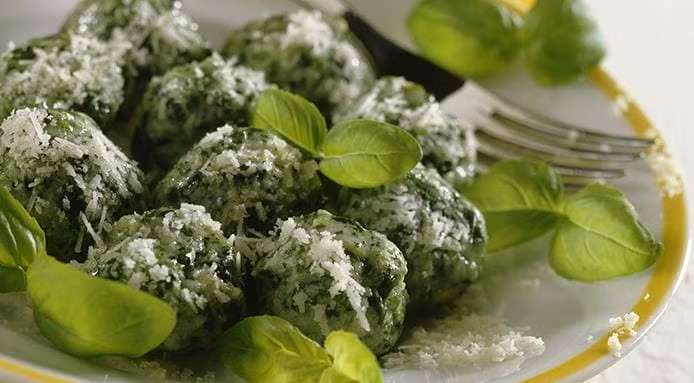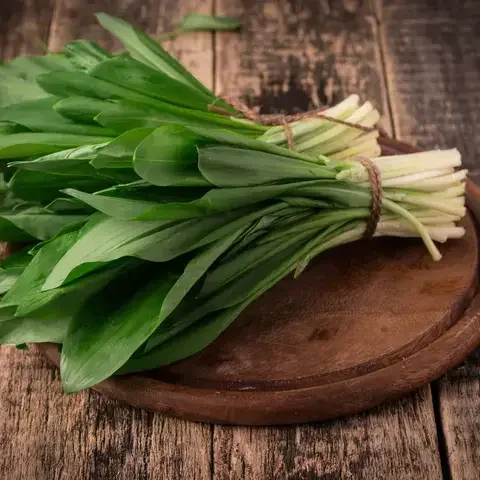Spinach is a wonderful leafy green, a real workhorse of an ingredient ready to whizz into soups, stews and smoothies, plus it cooks in no time. So when in season, turn your fresh spinach bounty into manageable portions, and store in the freezer ready for throwing into the pot all year round, as and when you like. There are 4 easy ways to freeze spinach:
- Washing and freezing fresh spinach
- Puree technique (with water)
- Blanching technique
- Freezing fresh spinach without washing
Freezing spinach is super simple and there are a few methods to choose between. Fresh freezing is quick and easy while blanching and freezing takes more up front effort, but ensures your leaves will keep their colour and flavour better and for longer.
Take your pick of these four popular techniques for freezing fresh spinach ...
How to Freeze Spinach
1. Freezing fresh spinach
1. Wash your greens, pat or spin dry in a salad spinner.
2. Place the leaves in flat layers inside freezer bags and press down.
3. When the bags are full, squeeze out all the air, tie the bags up and place them in the freezer.
Thaw the spinach for a couple of hours before use and squeeze out any excess water before adding to dishes.


